As the new administration at the White House begins to create legislation and sign executive orders, it’s incredibly important that the people of America voice their concerns regarding the direction they would like the country to go. This can be done in many ways, but one of the more effective ways to do so is by showing up in person at protests. You can either attend a large demonstration in a city near you or organize a a protest in your own town. Before you go out and protest, here are some tips to make sure that your participation is a positive experience for you and makes a lasting impact.
1. Dress for the weather
Now that we are in the dead of winter, it’s important to remember to bundle up for a long and frigid day of political activism. Make sure you wear a heavy coat or layers when you take to the streets. The last thing you want is to get frostbite in the middle of a protest composed of thousands of people. Later in the year when the weather starts to get warmer, dress accordingly. Also, make sure your shoes are appropriate as well. If it’s raining or snowing, make sure you wear some boots and never wear flip flops if you’d like to continue being able to walk.
2. Bring a friend or meet some new ones
There is no maximum number of protestors (unless specified). The more the merrier I say. If you’ve got a friend with similar convictions, invite them. Despite being swept away in a sea of like-minded people, it can get quite lonely. If you can’t bring a friend, make sure that you communicate with others. If you like someone’s picket sign, let them know it. If you want to get a picture with someone who’s wearing a cool costume (like the man below rocking Kellyanne Conway’s inauguration garb), go for it. It will help the time pass, better your experience and it might even make you some new friends.
3. Embrace counter-protestors
It’s always a little awkward when counter-protestors show at your demonstration. However, remember that their right to freedom of speech is defended by the same fundamental principles and Constitution as yours. The nation is already distinctly divided as it is and shouting matches only get you so far. Instead, introduce yourself to counter-protestors and engage is some dialogue. Try to understand their point of view. Try to get them to understand yours. Conversation is important because not only do you try to reach a point of understanding, but both parties may also learn something or even further solidify their own views.
4. Stay Peaceful
A problem with protests is that there is a lack of control. The vast majority of them are peaceful. However if one or more person(s) acts violent, it can change the overarching image of your cause and the demonstration changes from positive to negative. The moment someone does something with the intent to physically harm a police officer, counter-protestors or do damage to property, the media will run with that story. During the protests, make sure you work with police and protest organizers to keep everyone in line in order to control the narrative of your message.
5. Follow through
Political activism does not end when you leave the protest and go home. Be active on social media. Inform people of injustices within our government and societies. Call and e-mail your senators and representatives. Let your political views be known on a local government level by attending town hall meetings. There are so many ways to be politically active. Why stop now?




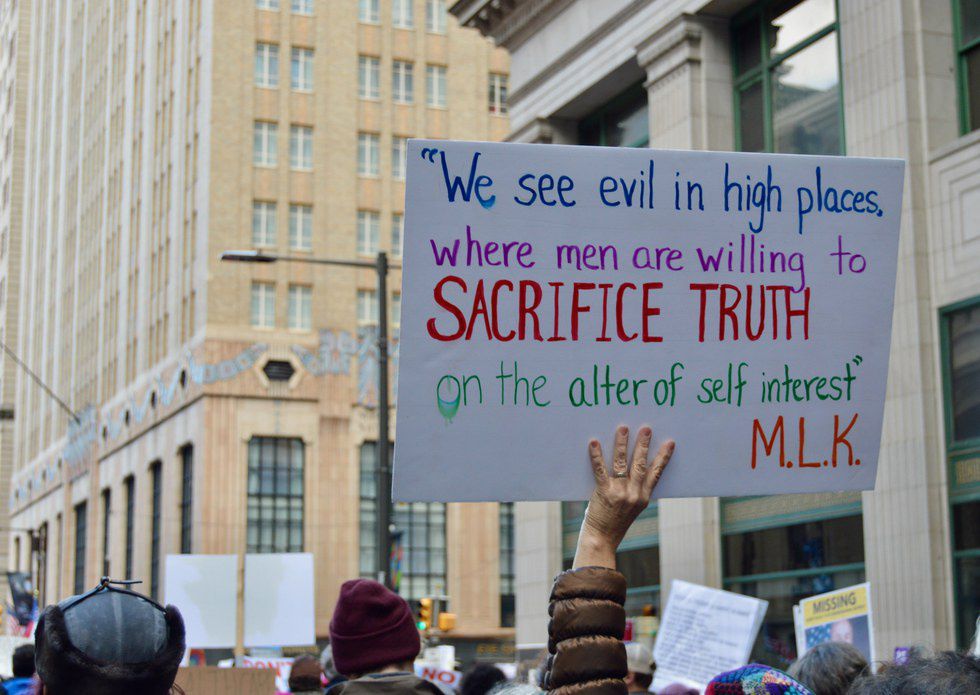
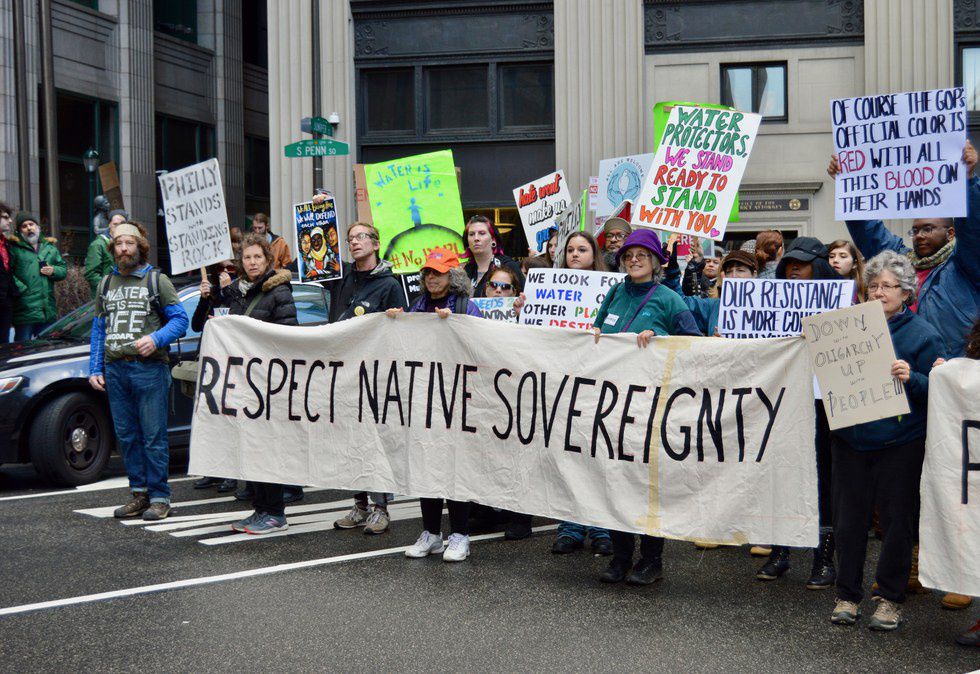
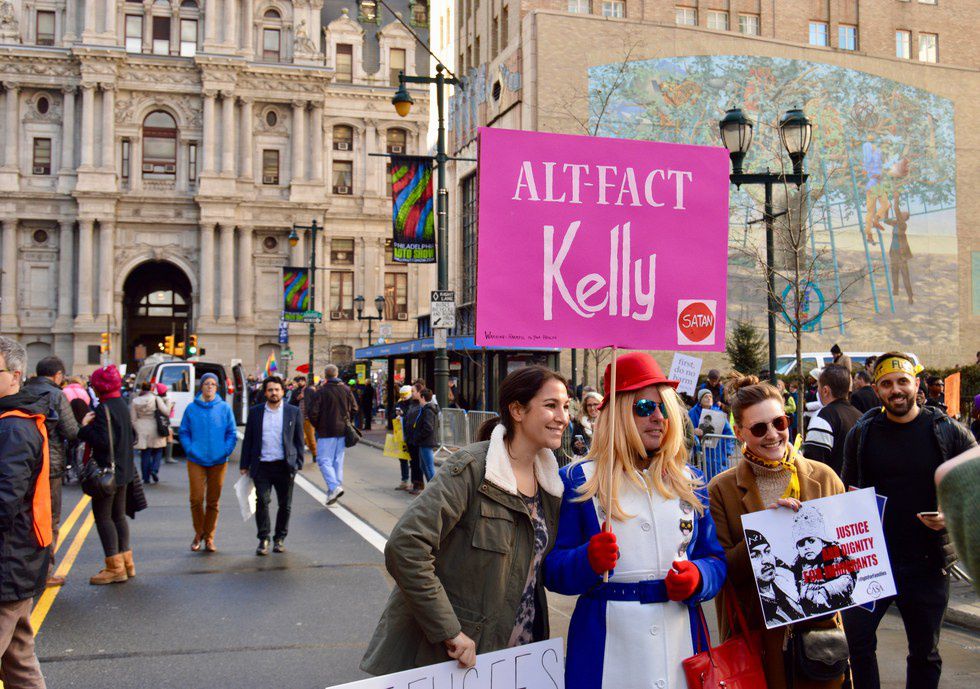
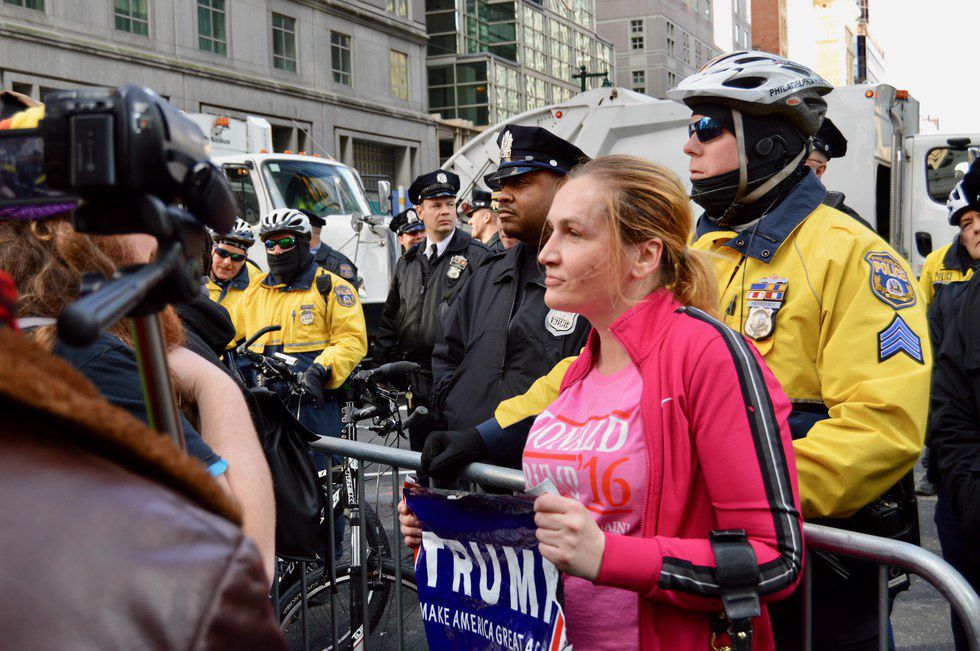
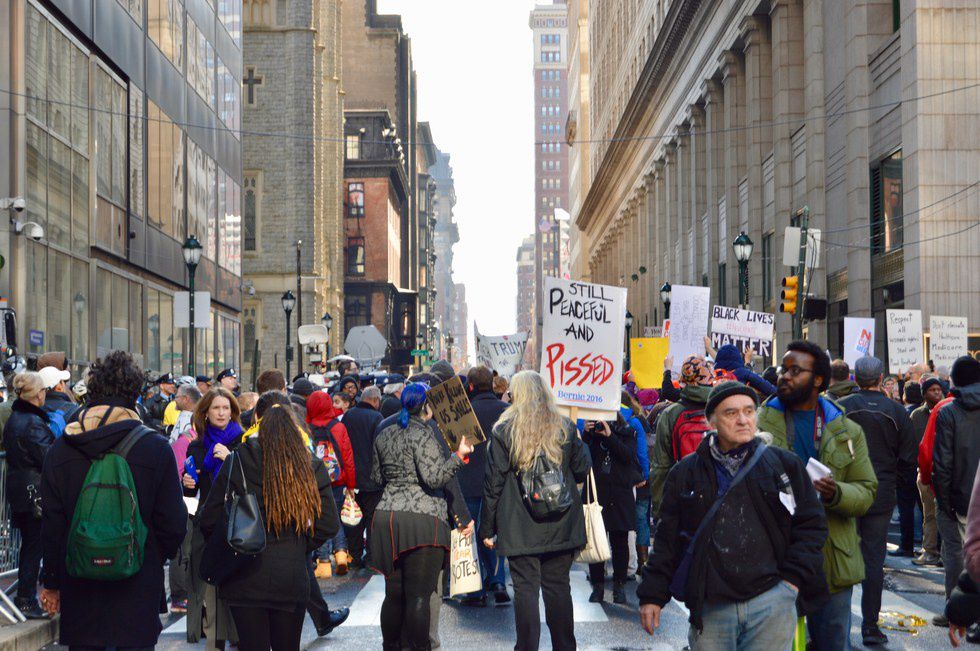
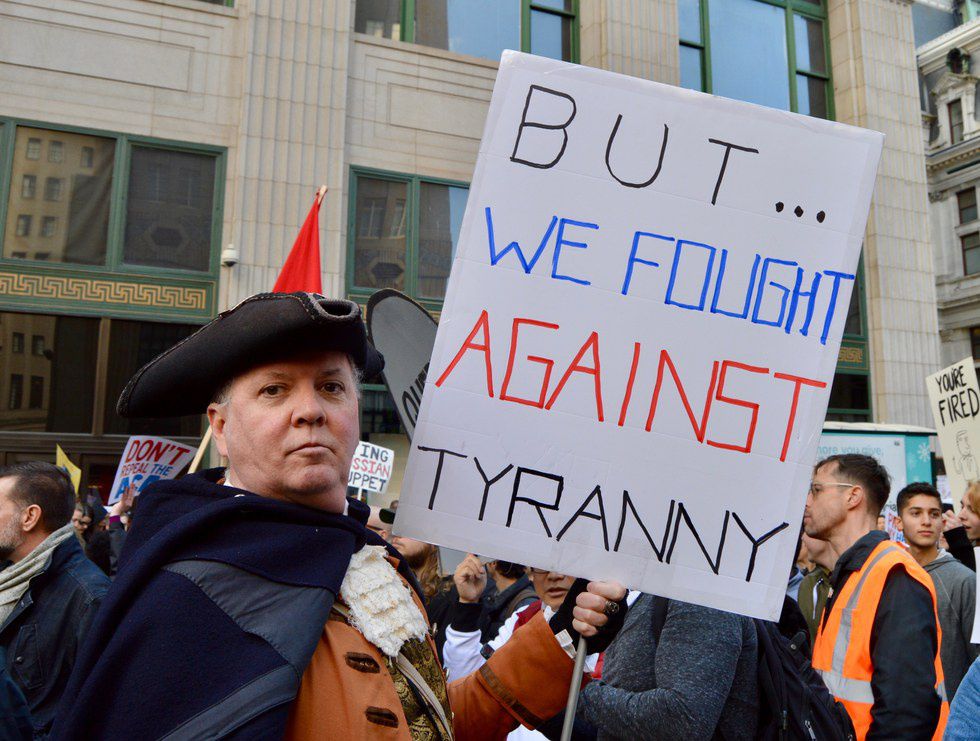




 The minimum wage is not a living wage.
StableDiffusion
The minimum wage is not a living wage.
StableDiffusion
 influential nations
StableDiffusion
influential nations
StableDiffusion












